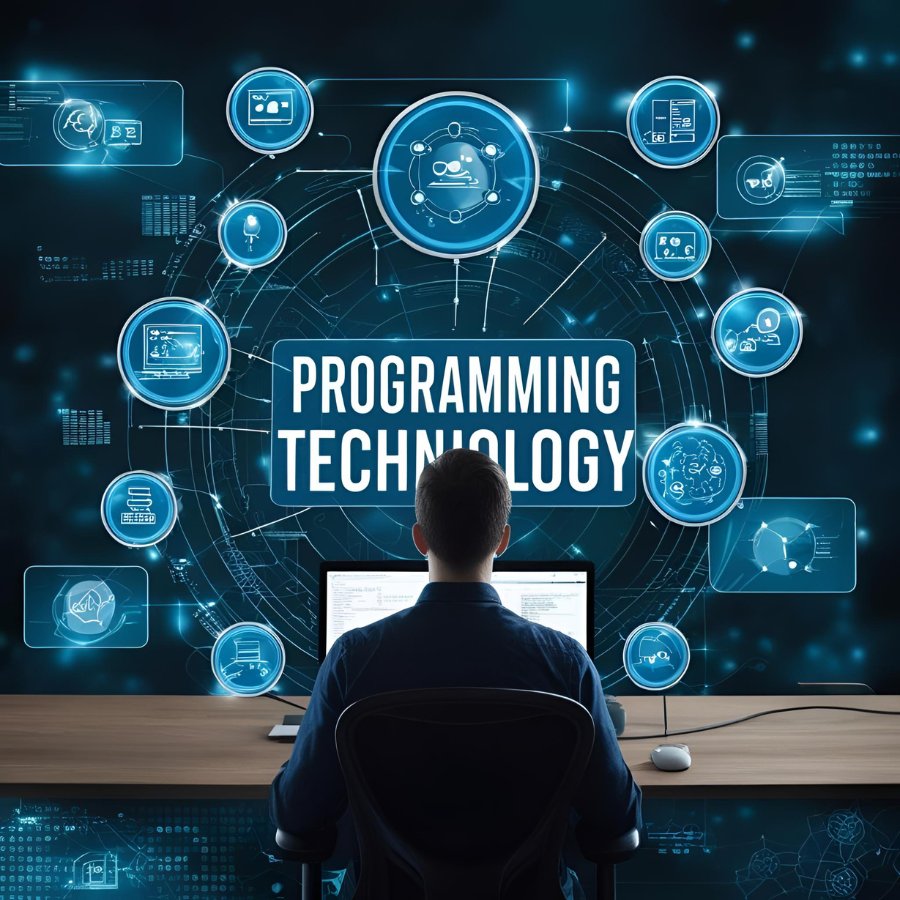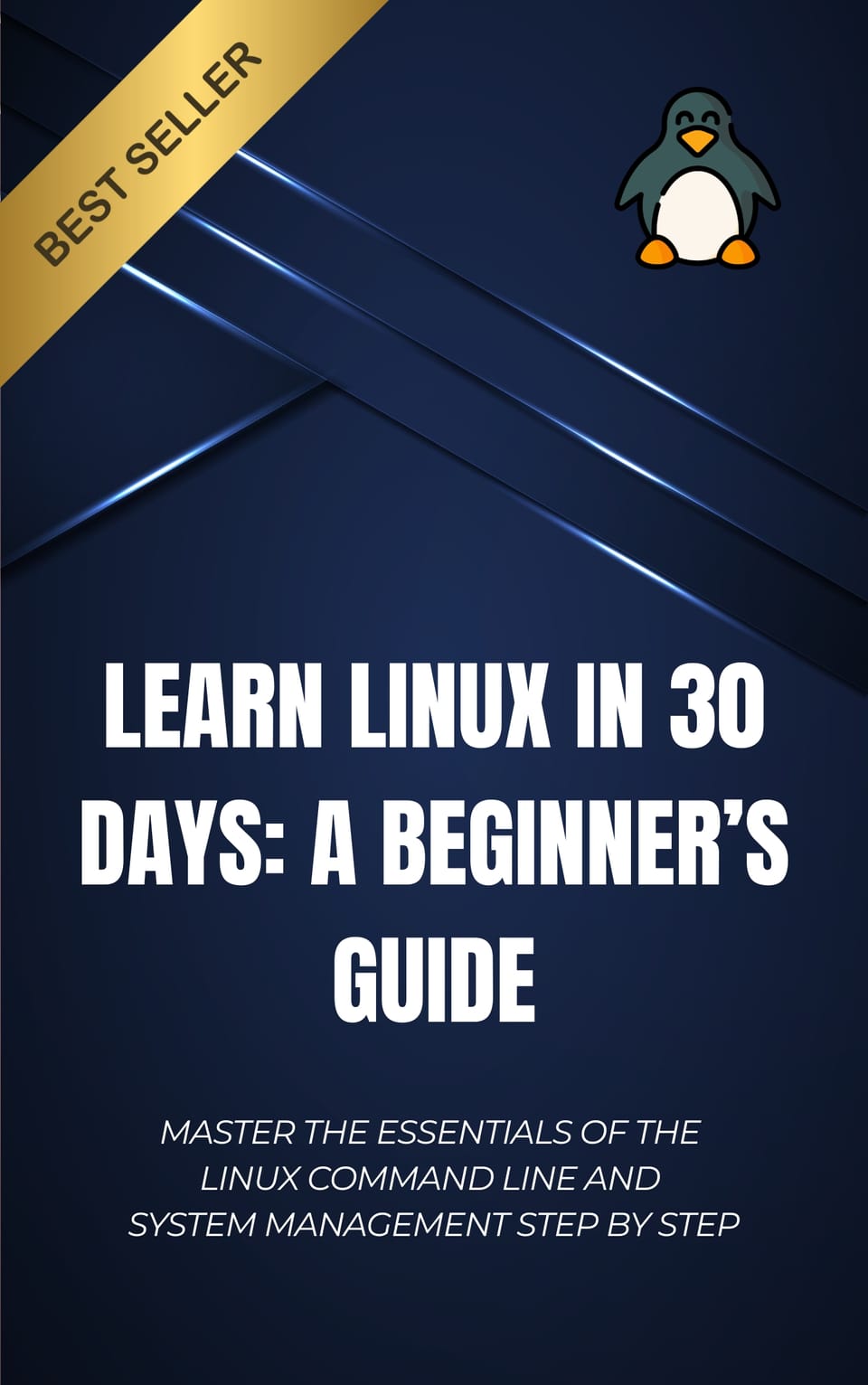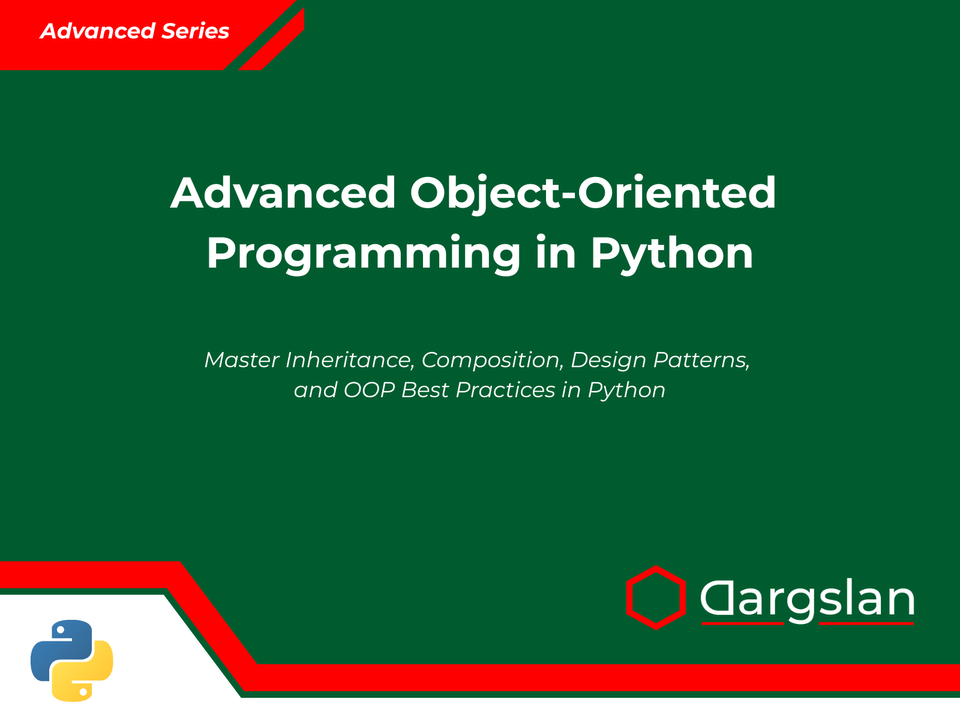Book Review: Intermediate Python Projects: From Idea to Code
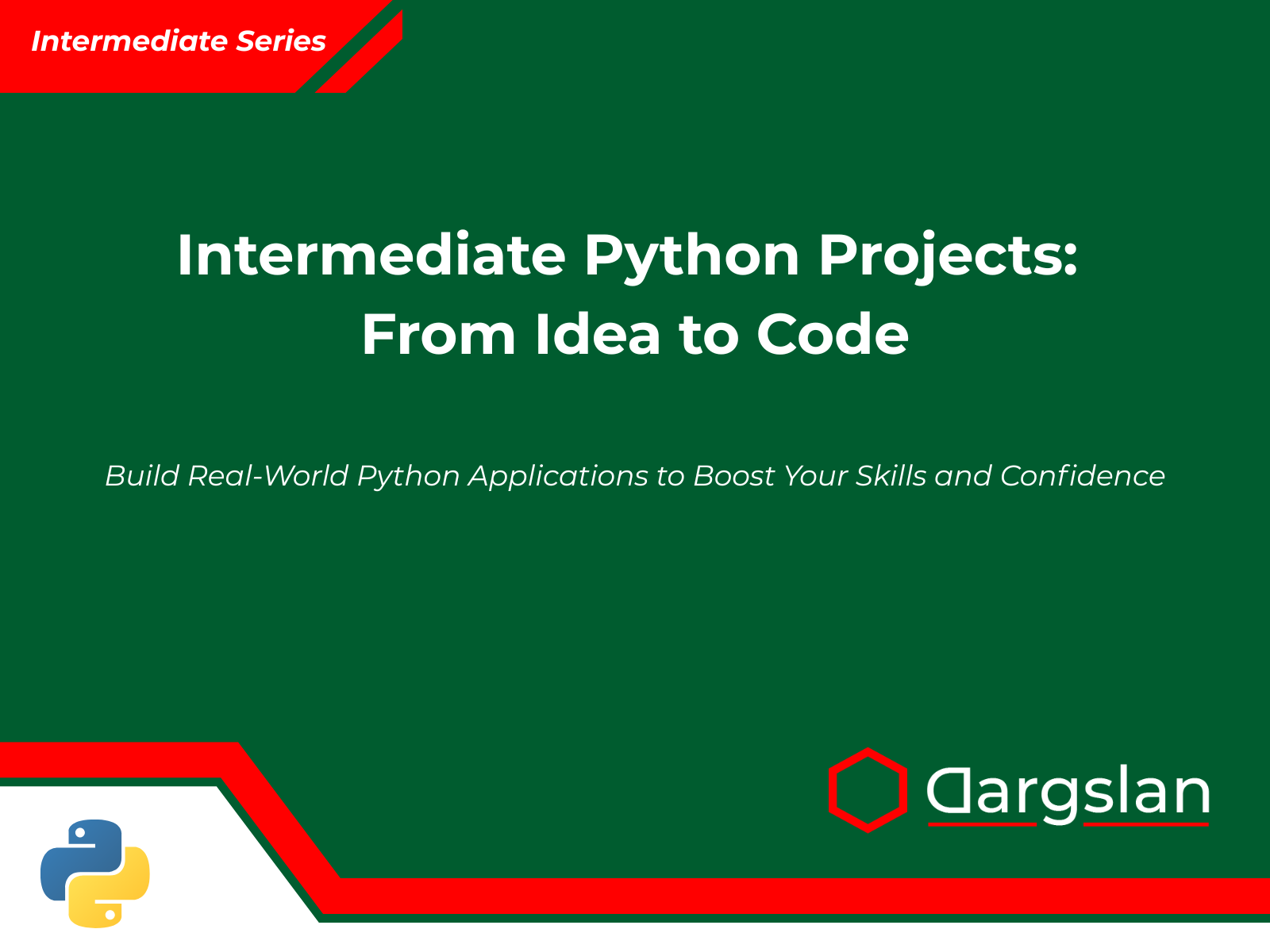
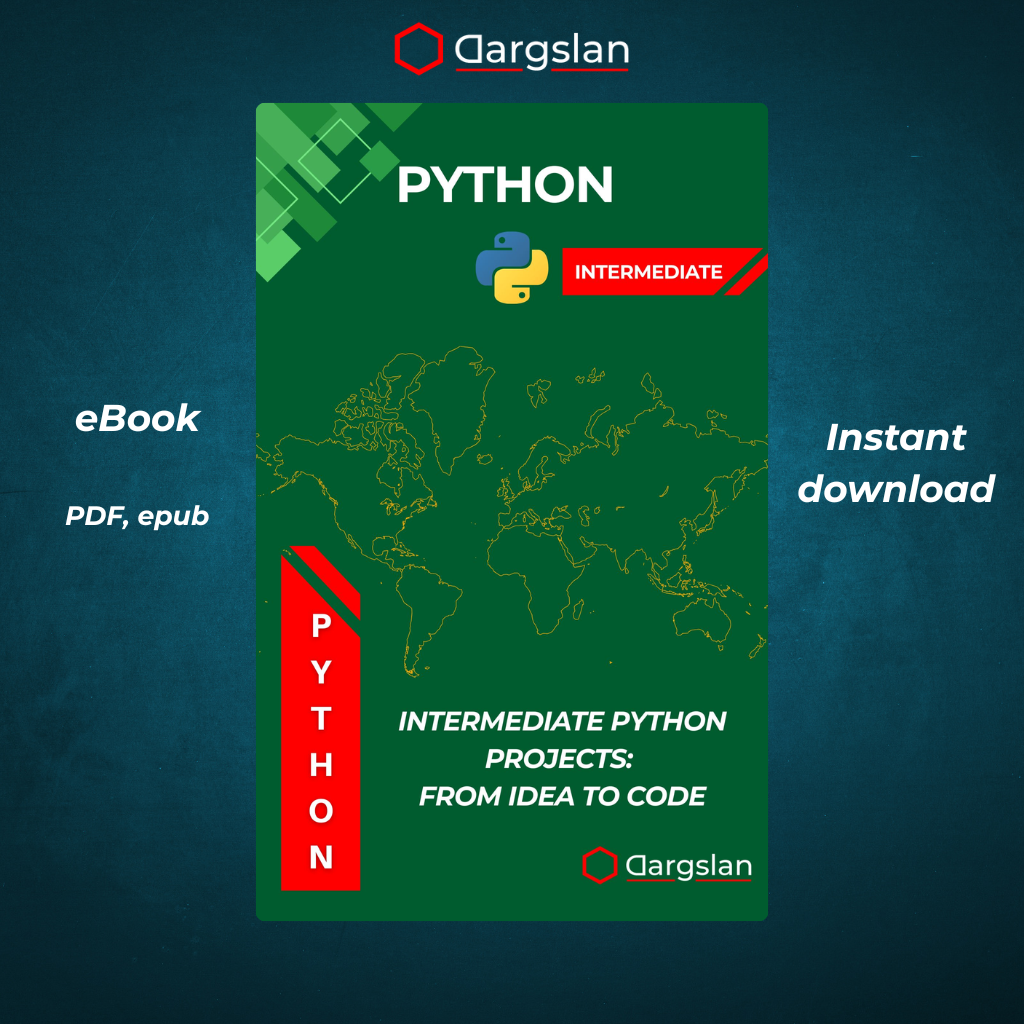
Intermediate Python Projects: From Idea to Code
Build Real-World Python Applications to Boost Your Skills and Confidence
"Intermediate Python Projects: From Idea to Code" - A Comprehensive Book Review
Introduction: Bridging the Programming Skills Gap
In the ever-evolving landscape of programming education, finding resources that effectively bridge the gap between basic syntax knowledge and practical application development remains a challenge. "Intermediate Python Projects: From Idea to Code" by Dargslan presents an exceptional solution to this common learning plateau. This project-based guidebook offers a structured approach to elevating your Python skills through hands-on experience with real-world applications.
As Python continues to dominate programming language popularity rankings, many learners find themselves in a frustrating middle ground—they understand the basics but struggle to apply this knowledge to build meaningful projects. This book directly addresses this challenge with a methodical approach to project development from conceptualization to execution.
Key Book Information
- Title: Intermediate Python Projects: From Idea to Code
- Subtitle: Build Real-World Python Applications to Boost Your Skills and Confidence
- Author: Dargslan
- Format: Step-by-step project guide with explanations and source code
- Target Audience: Python beginners who understand syntax but need guidance building actual projects
- Skill Level: Intermediate
Book Structure and Content Overview
This well-organized guide includes ten comprehensive chapters plus valuable appendices, taking readers on a journey from project ideation to completed applications. The content progression follows a logical path that gradually builds complexity while reinforcing core concepts.
Chapter 1: Turning Ideas Into Code
The book begins with a foundational chapter that teaches readers the crucial skill of transforming abstract concepts into structured programming plans. Rather than diving directly into code, this chapter establishes a methodical approach to project planning—a professional practice often overlooked in programming tutorials. Readers learn how to:
- Break down complex problems into manageable components
- Create functional specifications before writing code
- Identify required libraries and technologies
- Establish clear project objectives and success criteria
This methodical planning approach reflects real-world software development practices, immediately elevating the reader's approach to programming beyond simplistic tutorial following.
Projects Overview (Chapters 2-8)
The heart of the book consists of seven carefully selected projects that cover diverse application types and programming techniques:
Project 1: To-Do List Manager (CLI)
This command-line interface project introduces readers to:
- Working with user input and display
- Data persistence through file operations
- Command parsing and application flow control
- Basic data structures for task management
By starting with a CLI application, the book wisely focuses on functionality before introducing the complexities of graphical interfaces.
Project 2: Weather Checker with API
The second project introduces critical web integration skills:
- API authentication and request handling
- JSON data parsing and extraction
- Error handling for network operations
- Building user-friendly displays of complex data
This project represents a significant step forward by connecting local applications to external data sources—a fundamental skill in modern development.
Project 3: Budget Tracker
Financial applications introduce important concepts:
- Numerical data processing and calculations
- Category-based data organization
- Summary statistics and reporting
- Data validation and error prevention
This project demonstrates Python's capabilities for practical personal tools while introducing more sophisticated data handling techniques.
Project 4: Password Generator with Options
Security-focused programming concepts include:
- Cryptographic principles and random generation
- Configurable output based on user requirements
- Input validation and parameter handling
- Creating reusable utility functions
This security tool introduces important practical considerations about randomness, user options, and generating reliable outputs.
Project 5: Simple Flashcard App
Educational software development covers:
- Knowledge assessment mechanisms
- Progress tracking and statistics
- Study algorithms and scheduling
- Multi-format question handling
This project demonstrates Python's applicability to learning tools while introducing more complex state management.
Project 6: Image File Organizer
File manipulation skills include:
- Working with file system operations
- Metadata extraction and analysis
- Batch processing techniques
- Directory structure creation and management
This utility introduces readers to Python's powerful file handling capabilities within practical contexts.
Project 7: Daily Quote Bot
The final project combines several advanced concepts:
- Scheduled task execution
- Multiple data source integration
- Messaging and notification systems
- Service deployment considerations
By culminating with an automated service, the book demonstrates how Python can create ongoing value through automation.
Chapter 9: Adding Extras – GUIs, CSV, JSON, APIs
After building a strong foundation through CLI applications, the book expands toward more advanced interfaces and data formats:
- GUI development using popular Python frameworks
- Working with structured data formats
- Advanced API integration techniques
- Creating more polished user experiences
This chapter effectively extends each project's capabilities while introducing important additional skills.
Chapter 10: What's Next? Leveling Up Your Projects
The final chapter provides guidance for continued growth:
- Strategies for project expansion
- Code quality improvement techniques
- Performance optimization approaches
- Deployment and sharing methods
Rather than leaving readers at a dead end, the book offers clear pathways for continued skill development.
Valuable Appendices
The book concludes with resource-rich appendices:
- A reusable project planning template
- A library of versatile code snippets
- A debugging guide specific to project development
- Creative ideas for expanding each project
These practical references transform the book from a one-time read into an ongoing programming resource.
Technical Skill Development
Throughout its chapters, "Intermediate Python Projects" systematically develops several critical programming competencies:
Problem Decomposition
Readers learn to break complex applications into manageable modules and functions—a foundational skill for all software development. Each project demonstrates practical implementation of the "divide and conquer" approach to programming.
Data Handling Mastery
The book covers various data management techniques:
- File-based storage systems
- External API data integration
- Structured data formats (JSON, CSV)
- In-memory data structures
This comprehensive approach ensures readers can work with information in any format they encounter.
User Interface Design
Through progressive complexity, readers learn to:
- Create intuitive command-line interfaces
- Process and validate user input
- Provide clear feedback and error messages
- Develop graphical interfaces for broader usability
The book effectively demonstrates that good user experience begins with thoughtful interface design, regardless of complexity.
Code Organization
Professional practices are emphasized throughout:
- Modular code structure
- Function and class design
- Separation of concerns
- Configuration management
These organizational principles prepare readers for larger, more complex future projects.
Error Handling
The book excels in teaching practical error management:
- Defensive programming techniques
- User-friendly error messages
- Graceful failure handling
- Debugging strategies for complex issues
This focus on reliability distinguishes the book from simpler tutorials that ignore error cases.
Pedagogical Approach
What sets this book apart from many programming resources is its thoughtful pedagogical structure:
Progressive Complexity
Each project builds upon skills developed in previous chapters, creating a natural learning progression that prevents overwhelm while continuously challenging the reader.
Complete Project Lifecycle
Unlike tutorials that focus on isolated code snippets, each chapter walks through the entire development process from concept to completion, modelling real-world development practices.
Practical Application
All projects solve genuine needs rather than contrived examples, ensuring readers develop relevant skills with clear use cases.
Reusable Knowledge
The book emphasizes transferable concepts and techniques that apply beyond the specific projects, developing a programmer's mindset rather than simply teaching syntax.
Independent Learning Preparation
As chapters progress, increasingly more implementation details are left to the reader, gradually developing self-sufficiency in problem-solving.
Who Benefits Most From This Book
This resource is particularly valuable for:
Python Beginners Facing the "Now What?" Problem
Those who have completed basic Python tutorials but struggle to apply their knowledge to self-directed projects will find the structured approach transformative.
Self-Taught Programmers Seeking Structure
Independent learners who need guidance on project planning and execution will appreciate the methodical development process.
Computer Science Students Needing Practical Experience
Academic learners looking to complement theoretical knowledge with practical application development will find the projects bridge this common gap.
Career Changers Building a Portfolio
Professionals transitioning to programming roles will value the portfolio-ready projects that demonstrate practical Python skills.
Coding Bootcamp Graduates Requiring Reinforcement
Those who have completed intensive courses but need additional practice will find the structured projects provide valuable reinforcement.
Comparisons to Other Python Resources
When positioned against other intermediate Python resources, this book offers several distinctive advantages:
Versus Online Tutorials
While free tutorials often focus on isolated concepts, this book provides integrated projects that combine multiple skills in meaningful contexts. The cohesive narrative and progressive structure offer a more comprehensive learning experience than disconnected tutorials.
Versus Advanced Python Textbooks
Unlike theoretical texts that explore language features in depth, this book emphasizes practical application over abstract concepts. Its project-based approach ensures readers can immediately apply what they learn.
Versus Coding Challenge Platforms
Compared to algorithmic problem-solving sites, these projects develop broader application development skills including user interface design, data persistence, and system integration—more closely matching real-world development needs.
Versus Project-Only Books
Unlike books that simply provide project listings without explanation, this text thoroughly explains the reasoning behind implementation choices, teaching the "why" alongside the "how" of development.
Strengths and Highlights
Exceptional Project Selection
The seven featured projects strike an excellent balance between achievability and challenge while covering diverse application types and programming concepts.
Practical Code Reusability
The emphasis on creating reusable components reflects professional development practices and accelerates future project development.
Thoughtful User Experience Considerations
Throughout the projects, attention to user experience details sets this book apart from technically-focused texts that neglect usability.
Real-World Integration
By incorporating external APIs and services, the projects teach critical skills for developing applications that interact with the broader digital ecosystem.
Debugging Emphasis
The dedicated debugging guide and troubleshooting tips throughout address the reality that much programming time involves fixing issues rather than writing new code.
Potential Limitations
GUI Framework Specificity
The book focuses on particular GUI frameworks, whereas some readers might prefer alternatives. However, the concepts remain transferable.
Limited Coverage of Testing
While the book addresses debugging, formal testing methodologies receive less attention than they might in professional development environments.
Project Scale Constraints
As an intermediate resource, the projects necessarily remain at a manageable size, leaving very large-scale application architecture for more advanced texts.
Assumed Prior Knowledge
True beginners may find the pace challenging, as the book assumes comfort with Python basics and focuses on application rather than language fundamentals.
Practical Implementation
The book excels in several practical aspects that enhance its usefulness:
Clear Code Examples
Code snippets are well-commented and follow consistent formatting, making them easy to understand and adapt.
Incremental Implementation
Each project builds feature-by-feature, demonstrating professional development approaches rather than presenting completed solutions without context.
Troubleshooting Guidance
Common errors and their solutions are highlighted, preparing readers for inevitable challenges in their independent work.
Extension Opportunities
Every project includes suggestions for further development, preventing the "finished project dead end" that often halts continued learning.
Impact on Learning and Skill Development
Readers who work through this book can expect significant growth in several areas:
Technical Confidence
By completing progressively more complex projects, readers develop confidence in tackling new programming challenges independently.
Project Management Skills
The structured approach to development teaches not just coding but the broader skill of managing a project from concept to completion.
Problem-Solving Strategies
Rather than providing ready-made solutions, the book develops analytical thinking and problem decomposition abilities.
Portfolio Development
Completed projects serve as tangible demonstrations of ability for job applications or personal satisfaction.
Learning Independence
As the book progresses, readers become increasingly equipped to pursue their own project ideas beyond the provided examples.
Conclusion: A Vital Bridge in the Python Learning Journey
"Intermediate Python Projects: From Idea to Code" addresses a critical gap in the programming education landscape by providing structured guidance for applying basic Python knowledge to practical projects. Through its methodical approach to project development and carefully sequenced challenges, it transforms syntax-familiar programmers into capable application developers.
The book's greatest strength lies in teaching not just code but the process of development—planning, implementing, troubleshooting, and extending applications in a systematic way. This focus on process over mere syntax elevates it from a simple code recipe book to a formative text in a programmer's journey.
For those who have mastered Python basics but struggle to build meaningful applications, this book provides the framework, guidance, and practice needed to cross that crucial intermediate gap. It represents an excellent investment for any Python learner ready to transform their theoretical knowledge into practical development skills.
Whether building a personal project portfolio, preparing for professional development work, or simply wanting to create useful applications with Python, readers will find this book an invaluable guide to navigating the challenging but rewarding path from beginner to confident Python developer.
Keywords for Further Exploration
- Intermediate Python projects
- Python application development
- Project-based Python learning
- Building Python portfolio
- Python GUI development
- Python API integration
- Practical Python programming
- Python file handling projects
- Command-line Python applications
- Python for intermediate programmers
This review provides an in-depth analysis of "Intermediate Python Projects: From Idea to Code," exploring its approach to bridging the gap between basic Python knowledge and practical application development through seven carefully designed projects and comprehensive guidance on the development process.
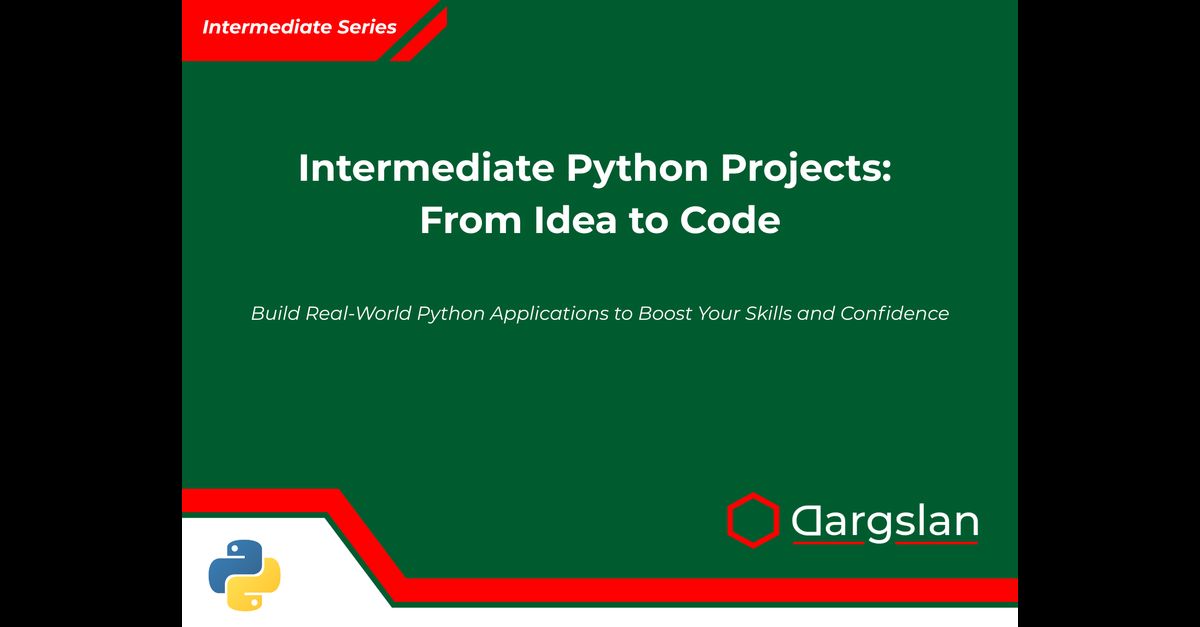
Intermediate Python Projects: From Idea to Code



